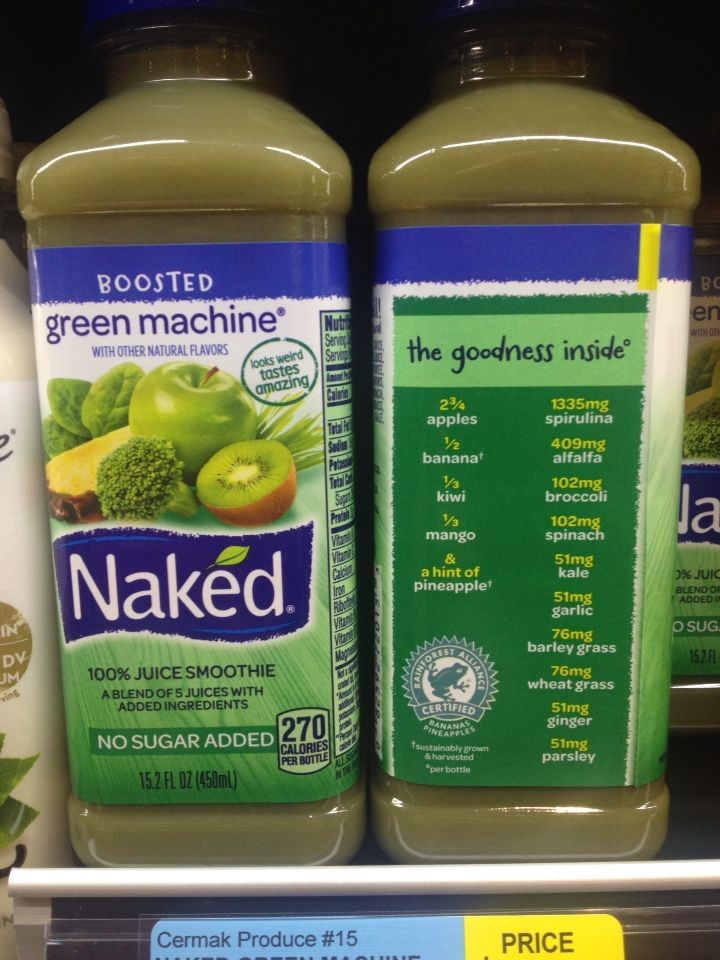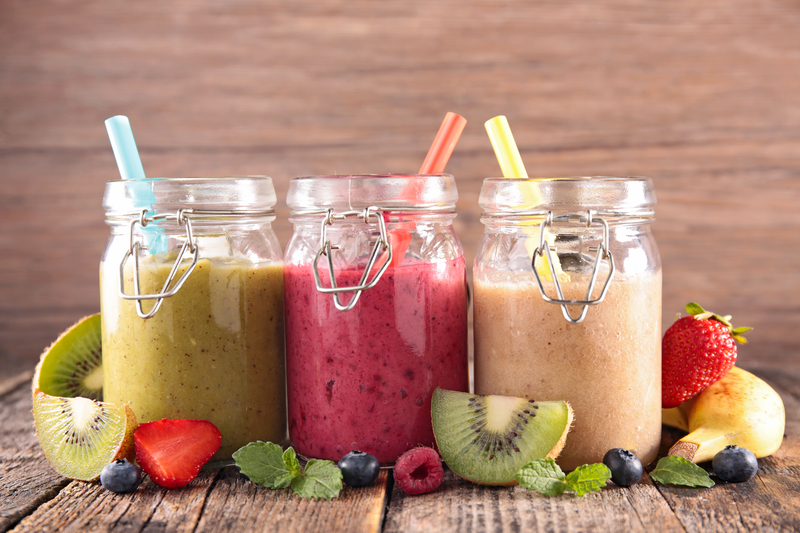Do you get the recommended two servings of fruits and three servings of vegetables every day? Maintaining a diet that’s high in fruits and vegetables can lead to a whole host of health benefits:
- Reduced risk of heart disease
- Protection against certain cancers
- Lower blood pressure
- Aid in weight loss
- Decreased bone loss
Despite the superpowers that come from fitting these food groups into your diet, meeting the serving recommendation isn’t always easy. But with the right blend of ingredients, a smoothie can be a fast, delicious and effective way to meet nutritional requirements and hydrate your body. Set yourself up for smoothie success by avoiding these six common mistakes.
1. Fruit Overload
Fruits are higher in sugar and calories than vegetables. Too much at one time can lead to an unhealthy spike in blood sugar and sabotage your best intentions for a healthy snack. Avoid the sugar trap by following the 70/30 rule. Your smoothie should ideally consist of at least 70% vegetables and 30% fruits. Drinking a vegetable-dominant smoothie will balance the sugar content and pack in some serious nutrients.
2. Bottled or Processed Smoothies
Have you ever read the back of a bottled smoothie? If you have, you might have seen an ingredient list containing items you’ve never heard of or sugar content as high as 60 grams per bottle.

Clever labelling and marketing can also be very misleading. Take Naked’s Green Machine: At first glance, you would expect to be drinking mostly leafy greens (spinach, broccoli, kale, etc.). However, when you look at the ingredient list, the first three (largest quantity) ingredients are apple juice, mango puree and pineapple juice. In fact, the entire bottle has only .1 gram of broccoli and .1 gram of spinach. That’s less than one very wimpy broccoli floret. By avoiding these store-bought concoctions and making your own, you have control over your ingredients and can ensure you are getting the right nutrients.
3. Juicing
Contrary to popular belief, juicing and drinking smoothies are not the same. A smoothie uses the entire fruit or vegetable, whereas juicing extracts and separates the pulp and fiber from the juice. Smoothies have two key advantages. The first is they include fiber, leaving you feeling fuller longer. The second is you can blend in satiating ingredients like protein sources or healthy fats. When given the choice, choose a smoothie over just a juice.
4. Not Measuring Your Ingredients
Measuring your ingredients before throwing them into a blender is the perfect way to keep nutrition in check. Doing so will not only help you balance your vegetable, fruit and protein ratios but also prevent you from incorporating last-minute additions that might throw off the taste and caloric value.
5. Skipping the Protein
If you want a fulfilling smoothie, don’t skip the protein! Adding a protein source can elevate your smoothie from a snack to a well-rounded, nutrient-dense meal. When choosing your protein, avoid processed protein powders. Instead, use around 10 grams of natural sources to help sustain your energy throughout the day. Here are a few examples of healthy protein sources:
- 1/2 cup of low-fat cottage cheese = 14 grams of protein
- 1 ounce of almonds or 2 tablespoons of almond butter = 6-7 grams of protein
- 1 cup of 1% milk = 8 grams of protein
- 1 tablespoon of peanut butter = 4 grams of protein
6. Overindulging
Be aware that smoothies may rob you of the satisfaction you get from eating and chewing real food, which is what often lets your brain know it’s time to stop consuming calories. This makes it easier to overindulge by having a second serving of the smoothie or consuming more calories later in the day. Keep a lookout for these habits, and listen to your body.
By avoiding these common mistakes, you can whip up a delicious, nutrient-packed. Enjoy!
by Megan McKee

